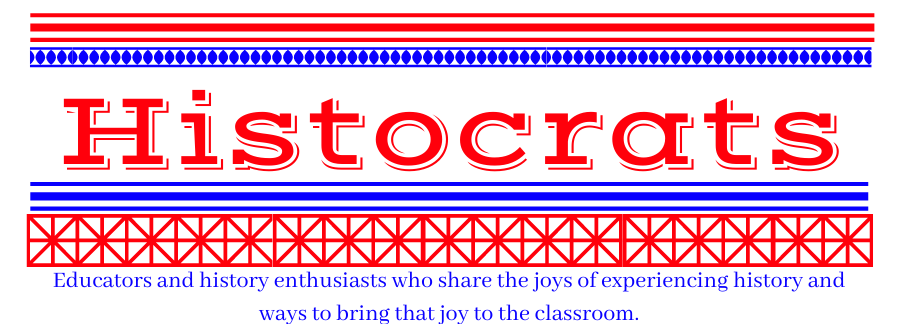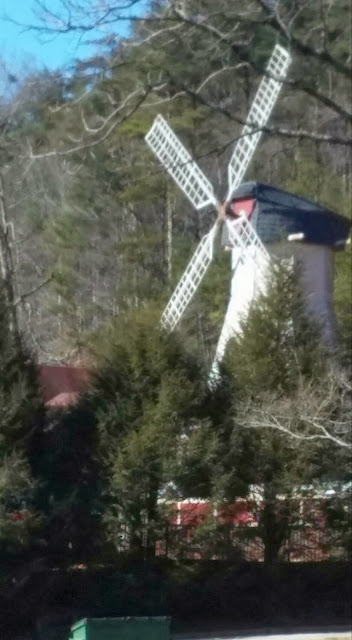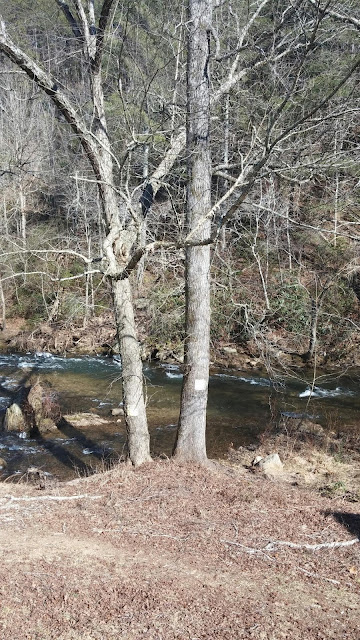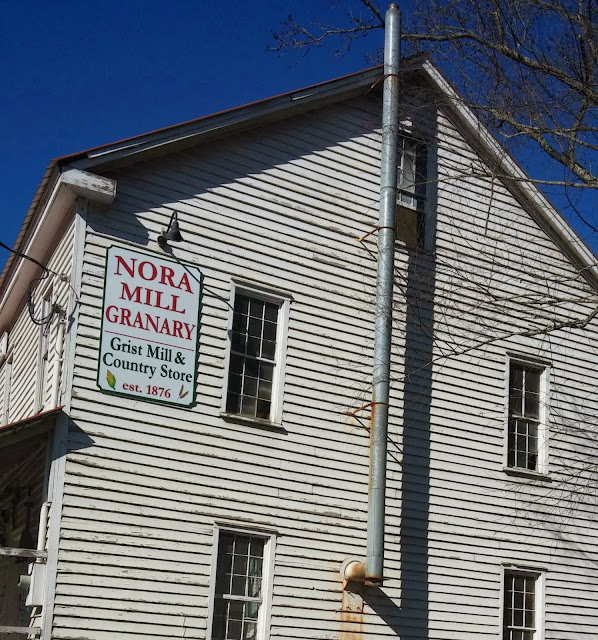Savannah Georgia has long been recognized as one of the most romantic and charming cities in America, and it’s full of history. The first city in Georgia, and the first planned city in the United States, Savannah has figured prominently in all the big events in American history. It offers plenty to do for everyone of every interest, especially for military history buffs.
There are three forts with rich Civil war history: Fort McAllister, Fort Jackson, and Fort Pulaski . Fort McAllister, now a state park, is the best preserved example of a Confederate earthworks fortification. It withstood fierce bombardment by Union ironclads, only to fall to Sherman’s March to the Sea. Fort Jackson is located near downtown on the Savannah River, and Fort Pulaski is located at the river’s mouth, 15 minutes away. Each site is administered by a different agency: the state of Georgia, the Coastal Heritage Society, and the National Park service, respectively. However, each one features a gift shop, a small exhibit or museum space, and helpful staff, and there are regular historical demonstrations and re-enactments.The Ships of the Sea Maritime Museum is located in the William Scarbrough house, built in 1819. The house itself is worth the admission, but the collection is very interesting too. There are nine galleries of ship models, maritime paintings and artifacts designed to interpret the rich story of Savannah's maritime history. The collection of models includes, colonial vessels, ironclads, ocean-going steamers, and modern navy ships, many with a direct connection to Savannah.
The Mighty 8th Air Force Museum is located in Pooler, a Savannah suburb. Weeks after Pearl Harbor was attacked, the Mighty 8th Air Force was officially activated in Savannah. Soon, the Mighty 8th numbered 350,000 men and was stationed in England, charged with the mission of conducting the relentless bombing of Germany that crippled that country and its resolve to fight the war. In 1983, veterans of the 8thstarted planning a museum to commemorate the organization and the 26,000 men who died and 28,000 who were taken prisoner. They settled on Savannah, and the museum opened in 1996. It’s a wonderful museum that does a great job of telling the World War II experience. Many of the docents are either veterans of the air force or the children of members of the original Mighty 8th.
The visitor first enters a small gallery that gives an overview of the war, and then a smaller room devoted to the 8th. From there, visitors go through a mission simulation experience which does a great job of humanizing the men who served, in the air and on the ground. After the mission, there are other exhibits including numerous models, planes, and a POW exhibit. The latest addition is a B-17 bomber that dominates the main exhibit space and is being restored. Outside, there are more planes and a beautiful memorial garden and chapel. The whole museum is very well-done, and it is a great tribute to the Mighty 8th in particular and the greatest generation in general.
Whether you enjoy Naval history, Civil War history, or World War II history, Savannah has something for you.

















